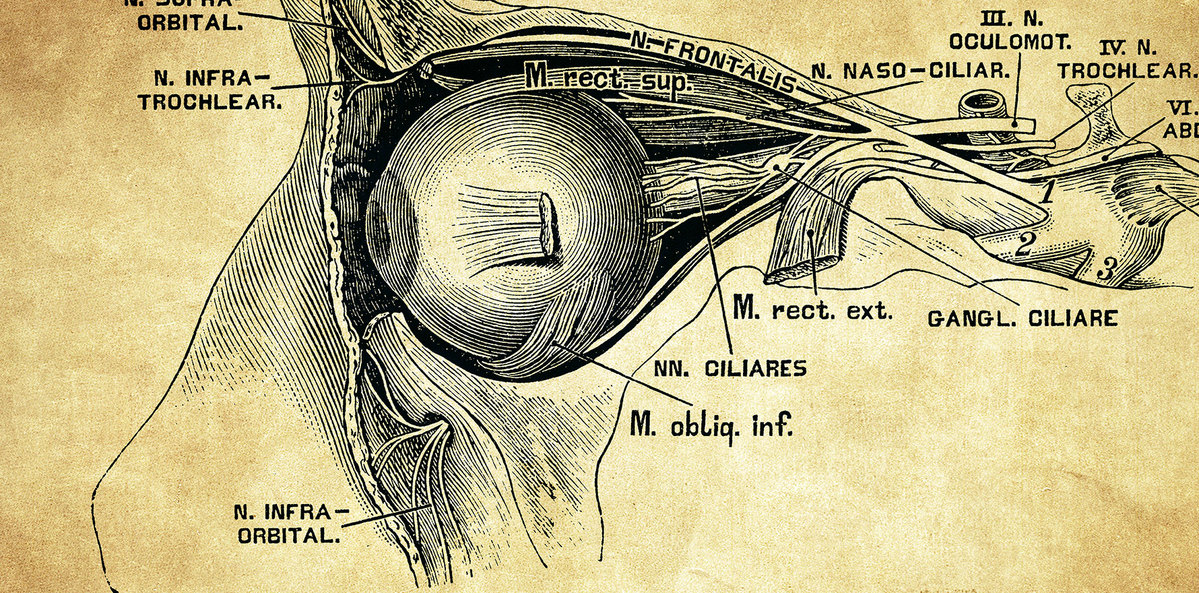A trial of the GLP-1 receptor agonist in patients with knee osteoarthritis revealed more than just weight loss.
Researchers have found yet another major benefit for the GLP-1 receptor agonist semaglutide – this time in patients with knee osteoarthritis.
Not only does it induce weight loss in overweight and obese patients, a known benefit in the treatment of knee OA, but it also improved knee pain.
Results from the STEP 9 study were reported earlier this year at the World Congress on Osteoarthritis in Vienna, and are now published in The New England Journal of Medicine.
The findings have been welcomed by Professor David Hunter, a rheumatologist and researcher at the University of Sydney, who said semaglutide could be a new tool in the treatment chest.
“Osteoarthritis needs better treatments, and this has a big effect, so to me, it’s exciting,” he told The Medical Republic.
“We’ve known about the result for a while because it was presented earlier this year, but it’s good to see it in print and in a big journal.”
The STEP 9 study involved a 68-week, double-blind, randomised, placebo-controlled trial at 61 sites in 11 countries. Participants with obesity (BMI of ≥30) and a clinical and radiologic diagnosis of moderate knee osteoarthritis with at least moderate pain were randomly assigned, in a 2:1 ratio, to receive once-weekly subcutaneous semaglutide (2.4mg) or placebo, in addition to counselling on physical activity and a reduced-calorie diet.
The primary end points were the percentage change in body weight and the change in the Western Ontario and McMaster Universities Osteoarthritis Index (WOMAC) pain score (on a scale of 0 to 100, with higher scores reflecting worse outcomes) from baseline to week 68.
A key confirmatory secondary end point was the physical-function score on the 36-Item Short Form Health Survey (SF-36), version 2 (on a scale of 0 to 100, with higher scores indicating greater well-being).
Just over 400 participants were enrolled, with a mean age of 56 years, a mean BMI of 40.3, and a mean WOMAC pain score 70.9. A total of 81.6% of the participants were women.
The mean change in body weight from baseline to week 68 was −13.7% for semaglutide and −3.2% for placebo. The mean change in the WOMAC pain score at week 68 was −41.7 points with semaglutide and −27.5 points with placebo.
Participants in the semaglutide group had a greater improvement in SF-36 physical-function score than those in the placebo group (mean change, 12.0 points vs. 6.5 points). The incidence of serious adverse events was similar in the two groups. Adverse events that led to permanent discontinuation of the trial regimen occurred in 6.7% of the participants in the semaglutide group and in 3.0% in the placebo group, with gastrointestinal disorders being the most common reason for discontinuation.
“Among participants with obesity and knee osteoarthritis with moderate-to-severe pain, treatment with once-weekly injectable semaglutide resulted in significantly greater reductions in body weight and pain related to knee osteoarthritis than placebo,” the authors concluded.
The authors said the trial was not designed to investigate the mechanism of action of semaglutide on knee osteoarthritis, so could not draw mechanistic conclusions from the findings.
“Weight reduction is most likely a major contributor, as a result of reduced mechanical stress on the knee joints; previous studies have shown that weight reduction through various strategies can lead to considerable alleviation of knee pain and joint stiffness,” they wrote.
“However, preclinical studies have shown that GLP-1 receptor agonists have anti-inflammatory and anti-degradative effects.”
They said the findings supported the use of once-weekly subcutaneous semaglutide at a dose of 2.4 mg for weight management and treatment of pain in persons with obesity and moderate-to-severe pain due to knee osteoarthritis.
Professor Hunter said the biggest barrier to accessing the drug for Australian patients would be cost.
“At least for Australia, I don’t see this meeting the thresholds for cost effectiveness that TGA will want anytime soon,” he said.
Related
Semaglutide is currently only PBS-listed in Australia for a selected group of patients with type 2 diabetes, however huge demand from people wanting to buy it and other versions privately has sparked a nationwide shortage which has persisted for at least two years.
The shortage also prompted the PBS to rejig rules on prescribing GLP-1RAs and other diabetes medications, as reported in June this year.
However, Professor Hunter said this situation would not remain forever, as there many companies were already working on alternatives to the currently available drugs in anticipation of them coming off patent.
“I think by virtue of the competition it is going to get better relatively soon,” he told TMR.
Professor Hunter said a “lot more” needed to be learned about lot more about how to use these drugs.
“We know as soon as a person stops them, they get a rebound weight gain, and most of the weight that they regain is fat tissue, it’s not muscle,” he said.
“When they go on these agents, they lose both muscle and fat, but the regain happens almost immediately, and it’s all fat.
“So we need to have better strategies because osteoarthritis is a decades-long problem. You’re not going to fix it with a year of semaglutide. We need to have better strategies for what to do with people once they’ve been on these drugs to ensure that the weight is not regained, and if it is regained, it’s muscle as opposed to just fat.”
Professor Hunter said it was clear that semaglutide was more than just a means to weight loss, as it had a clear effect on immune function as well. But he said there was still much to be understood to harness that effect.





